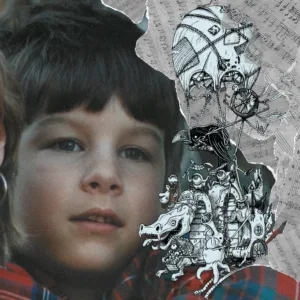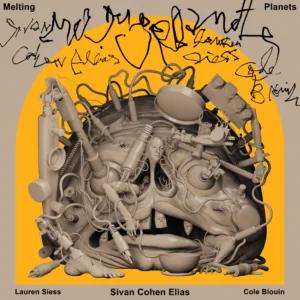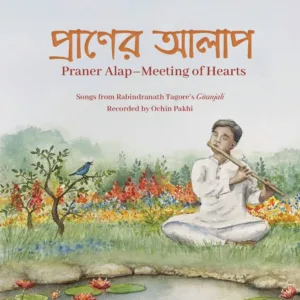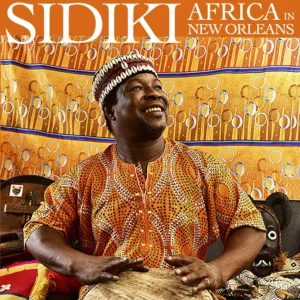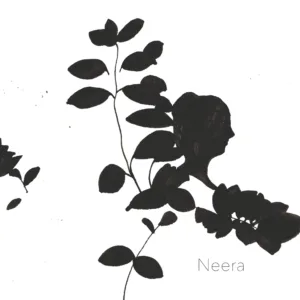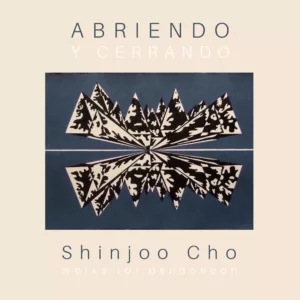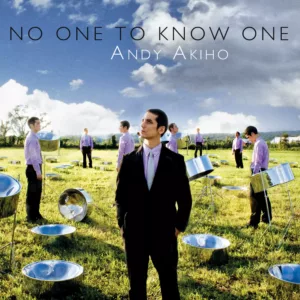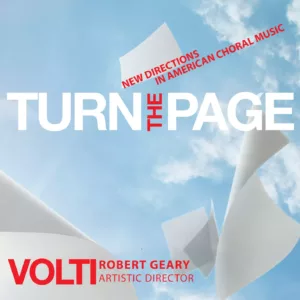Roundabout
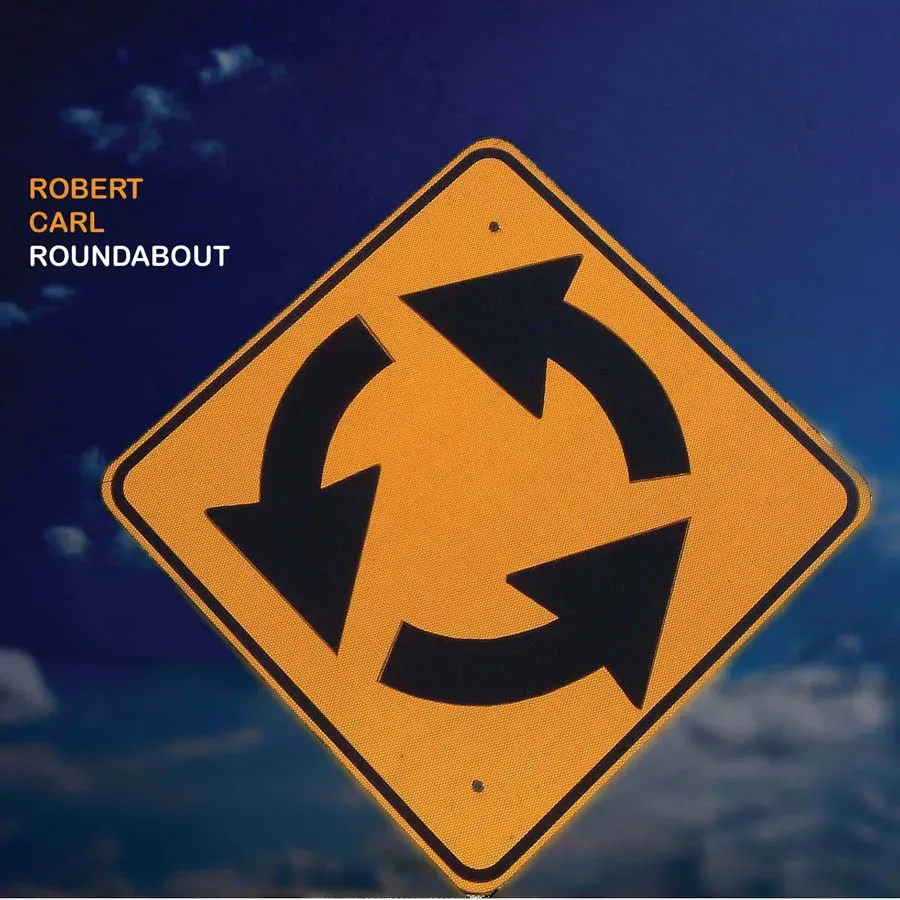
It’s easy to wax exultant about Robert Carl’s Roundabout—and not simply because Carl’s work represents an all-too-rare confluence of Modernist rigor with Postmodernist vigor. Nor is it because (once again norm-defyingly) he excels at incorporating vernaculars ranging from flamenco to jazz without putting so much as a single note anywhere in the general vicinity of cliché’s way. It’s not even because, as writer and composer Kyle Gann first observed, Roundabout abounds with life—human and non. Musical brujo that he is, Carl conjures the spirits of everything from whales (or are they planets?) to the bacteria who promulgated Lorca’s decay and the sound of midday traffic. After he has oriented these spirits, and only after, he forces them, molecule by molecule to manifest sonically through the surfaces of various and sundry percussion instruments, the voices of tenors, reciters and sopranos, the bells of saxophones, of contrabasses—even, as on the incomparable “Lesgedowdaheah,” an entire eleven-piece funk band.
In fact, what makes Roundabout such a pleasure pump is all of the above, combined with Carl’s talent for harnessing the energies of his own unique spirit. Carl’s command of formal approaches, combined with his love of musical vernaculars and understanding of sound—as well as silence, which he deploys like an orchestra unto itself—enable him to break whatever rule he pleases with elegance, grace, and, above all, the ability to amaze. Consider the aforementioned “Lesgedowdaheah.” Initially, Carl leads us to believe that he’s putting some sort of atonal hoodoo on the funk band. In fact, he is, but in a manner that’s positively Dionysian, if not downright orgiastic. In the end, he creates a new world, systematically turning our expectations—all of them—upside-down in the process. That, friends, is reason enough for exultation in itself. Robert Carl teaches at the Hartt School, Connecticut
